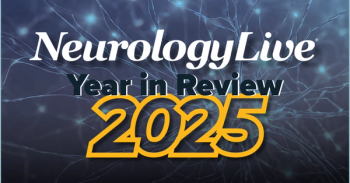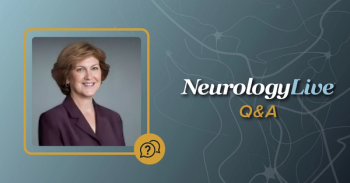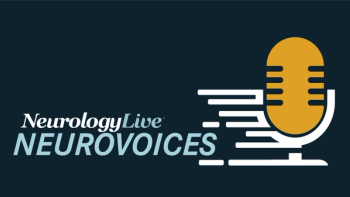
Top 6 Neurology News Stories
Advances in neurology science and patient care continue to make news even before the doors to the AAN 2015 Annual Meeting officially open on Saturday. These are the top stories.
As the start of the American Academy of Neurology’s 67th Annual Meeting rapidly approaches, advances in neurology science and patient care continue to make news even before the doors officially open on Saturday.See the slides that follow for the top stories that are keeping neurology and nervous system diseases in the headlines. Here's a quick summary and links:
• Cannabidiol shows promise as a treatment for children with severe epilepsy that is not responding to other treatments.
• The dream enactment of REM sleep behavior disorder may predict Parkinson disease or another neurological disorder.
• Children with a neurological disorder are at greater risk for flu complications than other children but are no more likely to get vaccinated.
• Exploding head syndrome can cause sleep-onset insomnia.
• The dominant source of payment to most neurologists is evaluation and management.
• A new memoir by neurologist and best-selling author Oliver Sacks, “the poet laureate of medicine,” will be released early next month.
Newsletter
Keep your finger on the pulse of neurology—subscribe to NeurologyLive for expert interviews, new data, and breakthrough treatment updates.

























